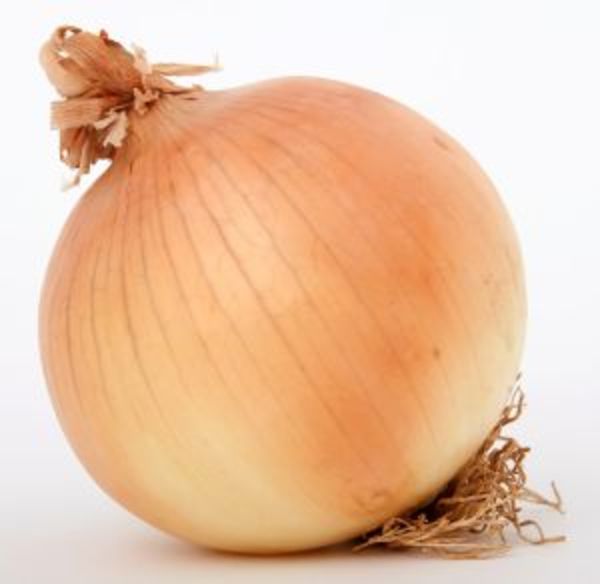5 Secrets to Vegetable Garden, Companion Planting Revealed

What is Companion Planting?
Companion planting is simply planting different garden plant species next to each other, so that one or both of the plants benefits one another. Companion planting is sometimes referred to as a botanical “buddy system”. Intermixing the right combination of garden plants like vegetables, herbs and flowers. Each one when planted thoughtfully, can help repel annoying insects and limit the spread of diseases.
Implement these five tips and you’ll be well on your way to growing a healthy and delicious vegetable garden!
Vegetable Garden Friends
1.Use tall sun loving plants to shade cool season crops. For example, plant your spinach between the peppers. As the season grows warm, the pepper plants will provide shade and extend the spinach-picking season for your delicious spinach. The spinach harvest will be over by the time the pepper plants need more space to grow. Other sun/shade combinations include planting celery and leeks or corn and potatoes together.
2.Grow garden plants with deep and shallow roots together. Each vegetable group draws moisture and nutrients from the soil at different levels. Shallow rooted plants such as leaf lettuce, arugula and onions won’t compete for nutrients when planted among deep-rooted carrots. Other good combinations based on root structure include Swiss chard and tomatoes or potatoes and beans.
Plant For Pest Control
3. Mix plants that insects love with plants they don’t like. This simple tipoften discourages pests from feasting on a beloved garden.

Members of the onion family repel plant-eating insects. It’s not known if it is the odor that repels them or if the odor masks the scent of plants they enjoy. Space plants within the onion family throughout your garden to fend off unwanted guests. Ants, aphids and flea beetles avoid onions, chives and garlic. Garlic also keeps Japanese beetles, vegetable weevils and spider mites away.
When beans and potatoes are planted together, both species benefit. The beans repel Colorado potato beetles and the potatoes repel Mexican bean beetles.
Disperse radishes around the garden. Flea beetles favor radish leaves. They usually cause only minor leaf damage, but the harvestable root is unharmed and the flea beetles leave the adjacent plants alone.
4. Encourage insect eating bugs such as lady beetles and hover flies to visit your garden. Lady beetles are drawn to morning glories, angelica, coreopsis, sweet alyssum and tansy. Hover flies favor chamomile, asters, cornflowers, black-eyed Susans and marigolds.
Vegetable Garden Plant No, No’s
5. Garden plants in the same family may not grow well together. Similar plants can attract the same pests or compete for the same nutrients in the soil. A combination to avoid is corn and tomatoes because they both attract the corn earworm, which is also known as the tomato fruit worm. Colorado potato beetles feed on tomatoes, peppers and eggplant, in addition to potatoes. Pickleworms favor cucumbers, but they will also eat squash and melons.

When planting your vegetable garden this year, think about how your plants will benefit each other before sowing seeds or transplanting seedlings. Your plants will be healthier and your harvest will be more plentiful.
Maureen Farmer is a master gardener and has loved plants all her life. She enjoys growing most of her own produce in raised beds. She is the founder and creator of The Farmer’s Garden, a free surplus backyard produce trading, selling and giving away service available across the United States.
References:
Flower & Garden Magazine, “Companion planting: intercropping certain vegetables enhances their yield, so long as you choose companions on the basis of science, and not garden lore”, August-September 1993, p. 14.
Mother Earth News, “Better BEDFELLOWS (companion planting)”, February 2001, p. 42.

